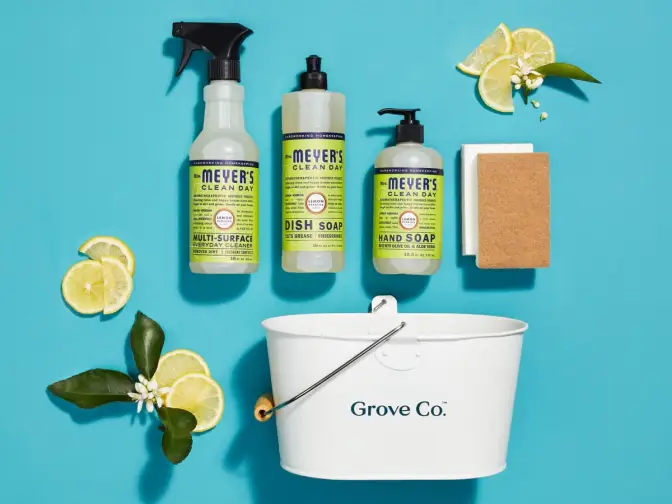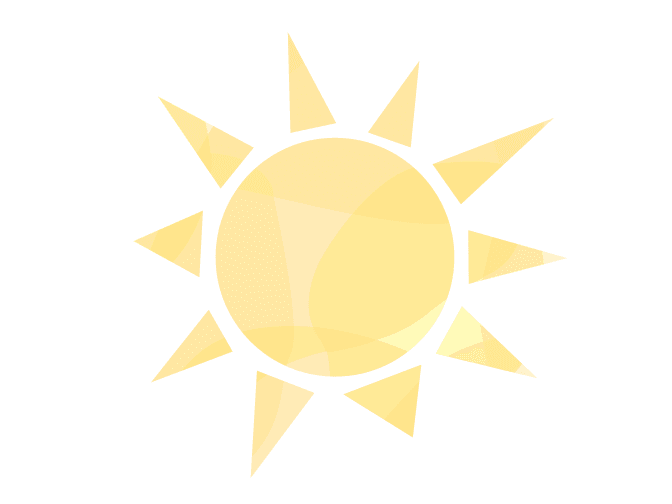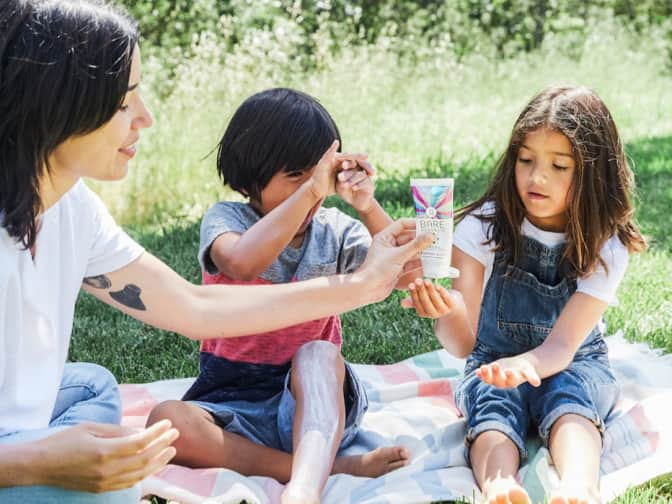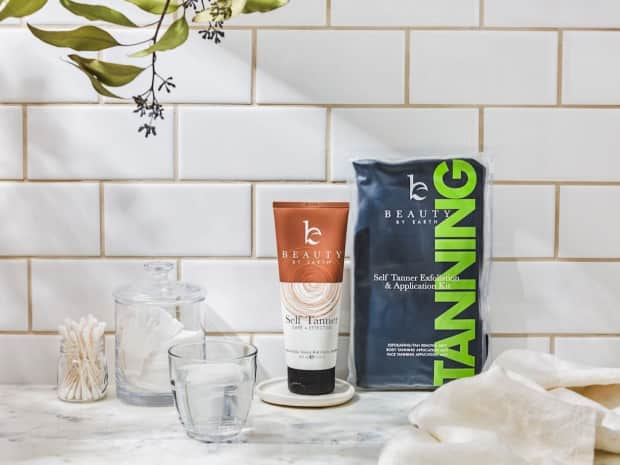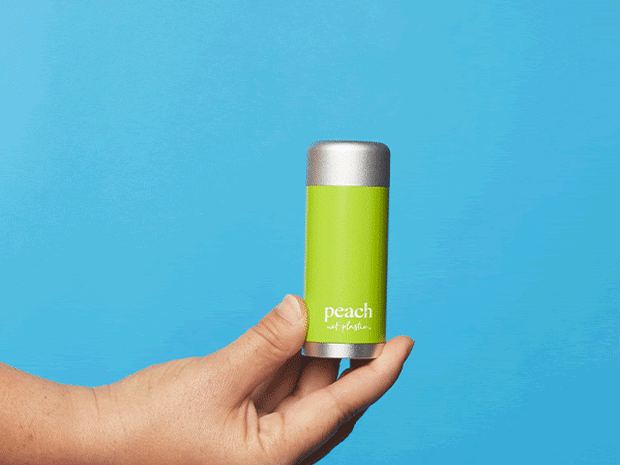The EWG and the FDA both agree that SPFs above 60 are misleading and not really any better at protecting you from sunburn or other sun ray symptoms and issues. When it comes to SPF 100, you’re really only getting 1 more percentage of protection from SPF 50. It goes up to 99%, letting 1% of photons in.
So isn’t 99% better? Not necessarily. In most cases, this comes with a lot of chemicals to get an SPF that high, so in order to get that one extra percentage of protection you’re actually exposing your skin and body to more chemicals that may cause other harm. Plus, people tend to stay out in the sun longer due to a false confidence with higher SPF sunscreen numbers, leading to sun damage and, in some cases, melanoma.


